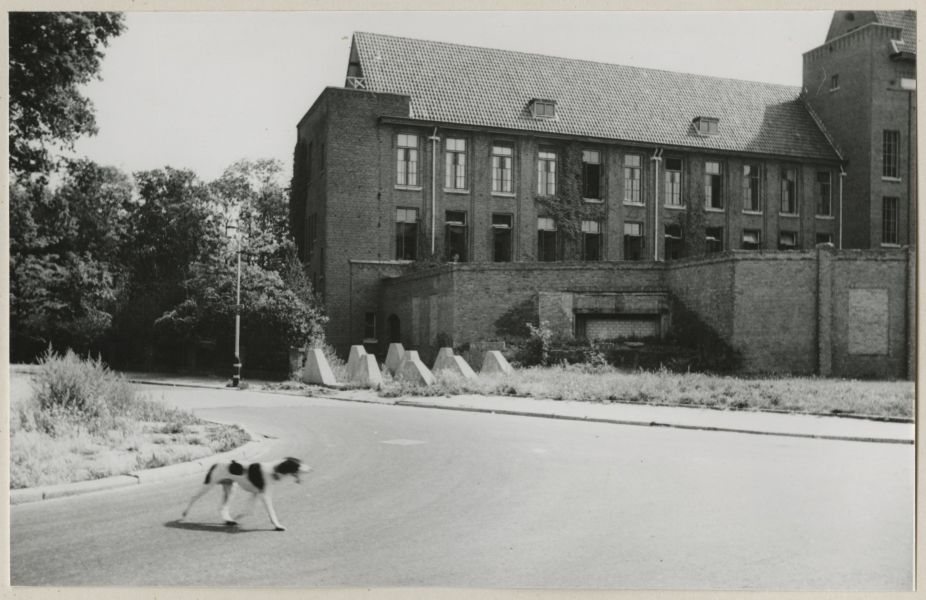The area behind this wall was well protected
Here, you are looking at part of the wall intended to protect the bastion of Scheveningen against an Allied attack. The wall of unreinforced concrete is 2.5 metres high. Brick pilasters have been incorporated on the side facing the street. The section of the city that would be protected against an Allied attack starts here; the centre of The Hague was therefore not part of that.
The wall is on the grounds that the Jesuits purchased from Countess Van Bylandt in 1910 to build a school. Only in 1925 – delayed by the outbreak of World War I and a lack of funds – did the Catholic Aloysius College open its doors. In 1928, a boarding school followed: Huize Katwijk. Part of the building provided accommodation for a hundred pupils from Aloysius College, accommodation for the Fathers who taught there was in another section.
Evacuated
After the German invasion, the buildings were seized and the residents of the boarding school moved to Wassenaar and Noordwijkerhout and later to South Limburg. The complex was later used by the Directorate General of the Police, and the Dutch government agencies Rijksvreemdelingendienst and the Rijksidentificatiedienst. The complex was just within the stronghold when the occupier started constructing the Atlantic Wall. An artillery bunker was built at Villa Katwijk; this is now part of the Kosovo tribunal building.
Huize Katwijk remained in use by the police until the 21st century. The building was occupied successively by Interpol, the Central Criminal Investigation Service (CRI) and Europol.
 Herinneringsroute Atlantikwall Den Haag
Herinneringsroute Atlantikwall Den Haag


